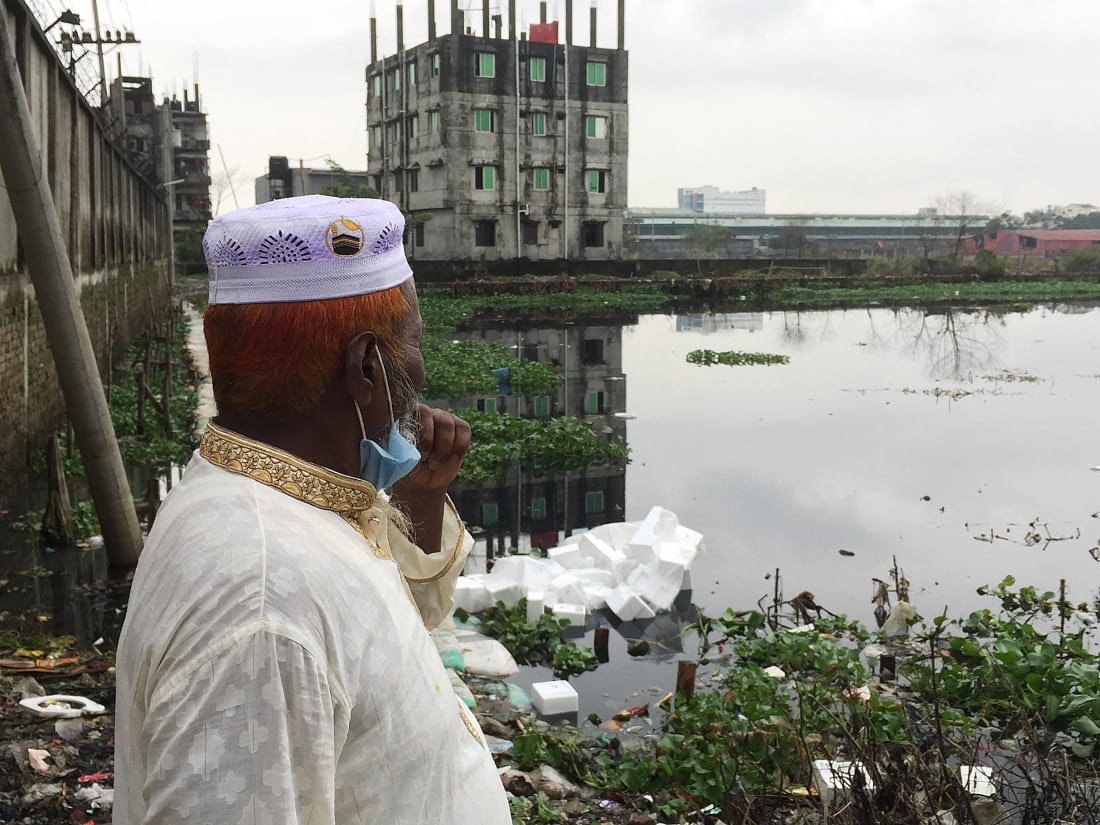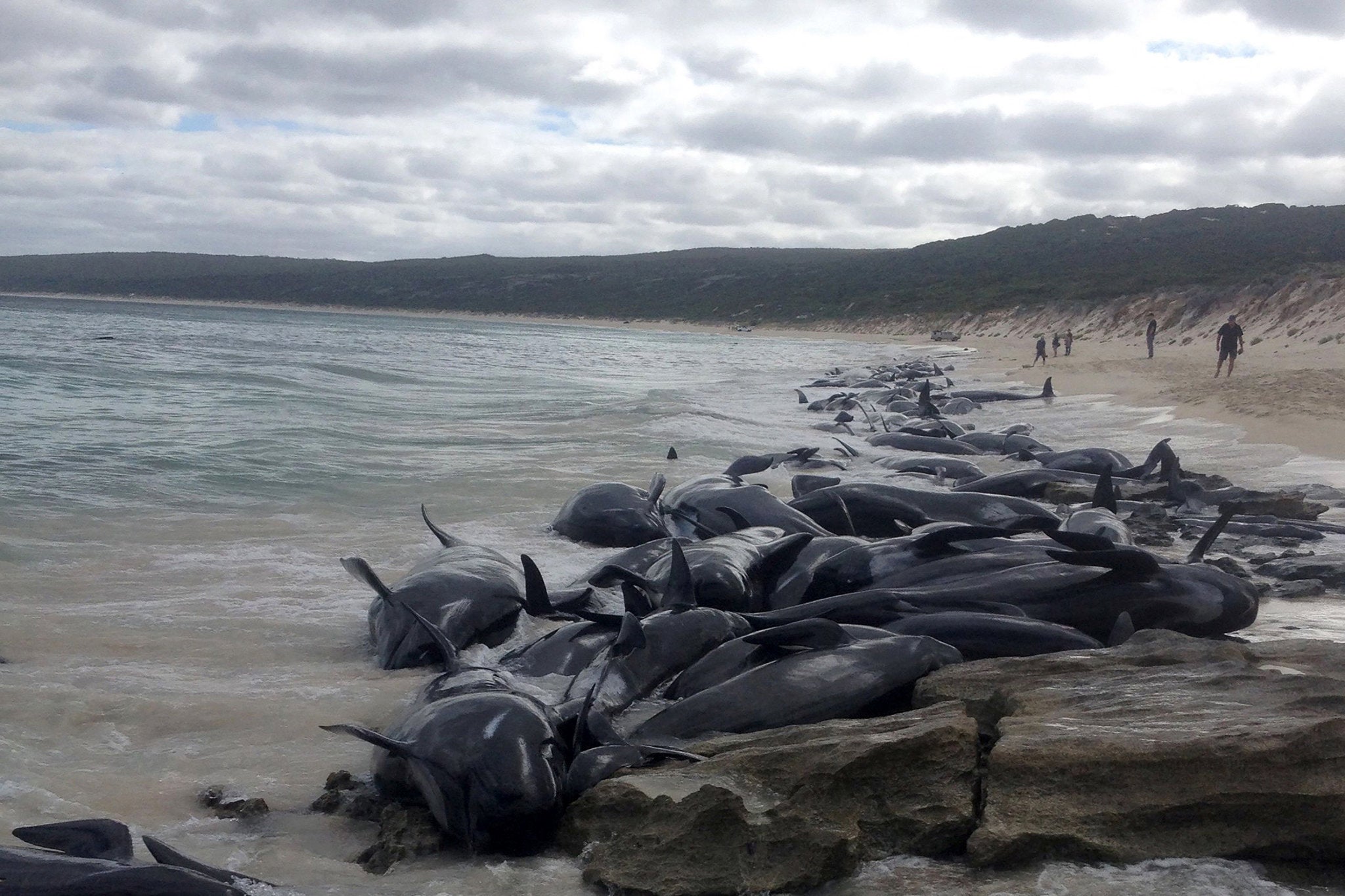About 30 years ago, there weren't garment factories in Bangladesh, they used to grow crops and fish were abundant in the river. Today, the river is now black like an ink stain and waste from nearby garment factories and dye houses are mainly to blame. The fish population has dwindled to all time lows and the water is so polluted that people are advised not to swim in the water.
Bangladesh is the world's second biggest garment manufacturing hub after China, exporting $34 billion worth of garments in 2019. And clothes made, dyed and finished in the country often end up in main street shops across the United States and Europe.
But as consumers browse through the season's latest color trends, few will spare much thought to the dyes used to create everything from soft pastels to fluorescent hues -- or their toxic history.
Fashion is responsible for up to one-fifth of industrial water pollution, thanks in part to weak regulation and enforcement in producer countries like Bangladesh, where wastewater is commonly dumped directly into rivers and streams. The discharge is often a cocktail of carcinogenic chemicals, dyes, salts, and heavy metals that not only hurt the environment, but pollute essential drinking water sources.
The fashion industry uses around 93 billion cubic meters (21 trillion gallons) of water annually, enough to fill 37 million Olympic swimming pools, according to the Ellen MacArthur Foundation. Along with finishing, dyeing is the most polluting and energy-intensive process involved in making our clothes.
Finishing is when chemicals or treatments are applied to fabric to give it the desired look or feel -- such as bleaching, softening or making the garment water resistant or anti-wrinkle. Large amounts of water and chemicals are also used during dyeing, to ensure vivid colors bind to the fabric and don't fade or wash out. Once they're done, the cheapest way for factories to get rid of unusable, chemical-laden wastewater is to dump it into nearby rivers and lakes.
Not all of the chemicals and solvents used are hazardous, though the World Bank has identified 72 toxic ones that stem solely from textile dyeing. Once in waterways, they accumulate to the point where light is prevented from penetrating the surface, reducing plants' ability to photosynthesize. This lowers oxygen levels in the water, killing aquatic plants and animals.
Also among them are chemicals and heavy metals that can build up in the body, increasing the risk of various cancers, acute illnesses and skin problems. Others have been found to increase in toxicity as they work their way up the food chain.
Chemical-laden water is also used to irrigate crops, with one recent study finding that textile dyes were present in vegetables and fruit grown around Savar. Once in the wastewater, dyeing chemicals are difficult to remove, said Sarah Obser, head of sustainability at PFI Hong Kong, a company that provides environmental and factory audits in Asia. "The substances don't degrade so they remain in the environment."
While various types of dyes are used for different fabrics, azo dyes -- synthetic nitrogen-based dyes, have come under particular scrutiny from the fashion industry and environmentalists. They are commonly used in garment manufacturing and produce bold colors like bright reds or yellows.
But some azo dyes under certain conditions break down and release aromatic amines, a type of chemical compound (also used in pesticides and pharmaceuticals) that can increase the risk of cancer. These are so toxic that the European Union, China, Japan, India and Vietnam have all banned their use and import.
And while strides towards traceability and accountability have been made, there are still many brands and manufacturers not taking sustainability seriously. Our mission is to help educate, provide a fashionable and comfortable organic option, and abide by best practices for sustainable and organic manufacturing without causing any toxic runoff or pollution.




Leave a comment
This site is protected by hCaptcha and the hCaptcha Privacy Policy and Terms of Service apply.